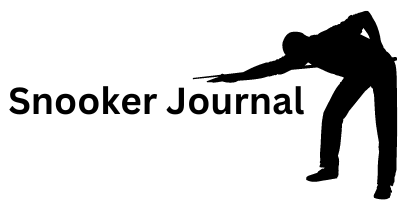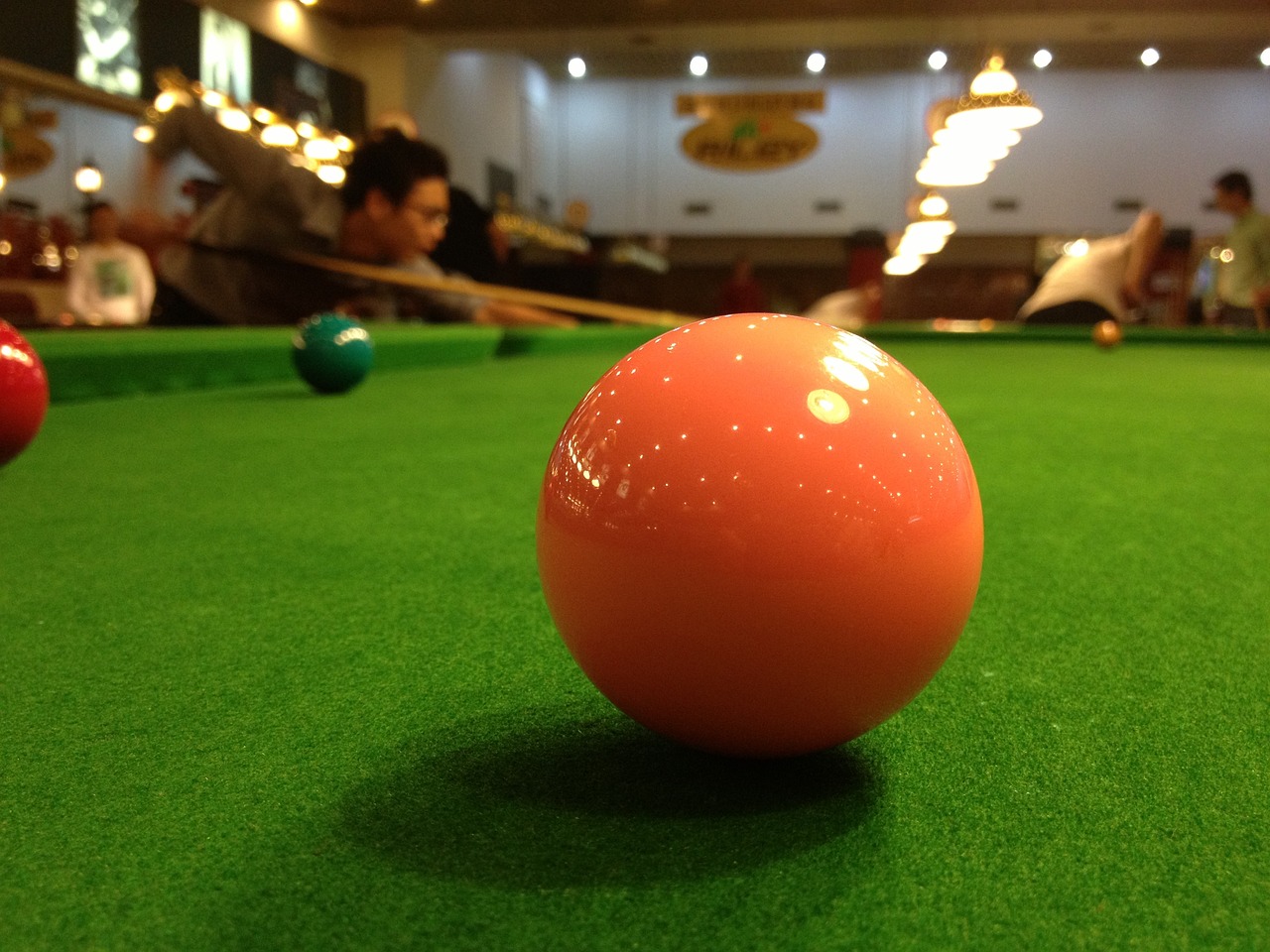The Cue: Your Most Important Tool
When it comes to snooker, your cue is your most important tool. It’s not just a stick used to hit balls, but an extension of your arm and an essential part of your game. Choosing the right cue for you is crucial, as it can greatly affect your accuracy and comfort level. Look for cues made from high-quality materials like ash or maple, and make sure it feels balanced and comfortable in your hands. Experiment with different weights and grip styles to find what works best for you.
Once you have your cue, it’s important to take care of it. Keep it clean and stored in a cue case when not in use. Avoid exposing it to extreme temperatures or moisture, as this can warp the wood and affect its performance. Regularly check the tip for wear and tear, and replace it as needed.
The Snooker Table: Your Battlefield
The snooker table is where the magic happens. It’s where you’ll spend countless hours practicing your shots and honing your skills. Familiarize yourself with the layout of the table, including the pockets, rails, and markings. Get a feel for the cloth by running your hand over it and paying attention to its speed and responsiveness.
When playing, always approach the table with a plan. Take your time to analyze the layout of the balls and strategize your shots. Aim to position the cue ball in a favorable position for your next shot, while also considering the potential for your opponent’s next move. Remember to use the rails to your advantage, as they can help you achieve better positional play.
The Snooker Stance: Your Foundation for Success
Your stance is the foundation for a successful snooker shot. Start by positioning your feet shoulder-width apart, with one foot slightly ahead of the other. Bend your knees slightly and lean forward, keeping your weight balanced on the balls of your feet. This will give you stability and allow for a smooth stroke.
Hold the cue with a relaxed grip, keeping your wrist straight and your forearm aligned with the cue. Take a deep breath, focus your eyes on the object ball, and smoothly draw the cue back and forth to generate the desired power and accuracy. Follow through with your stroke, keeping your head still and maintaining a steady rhythm.

